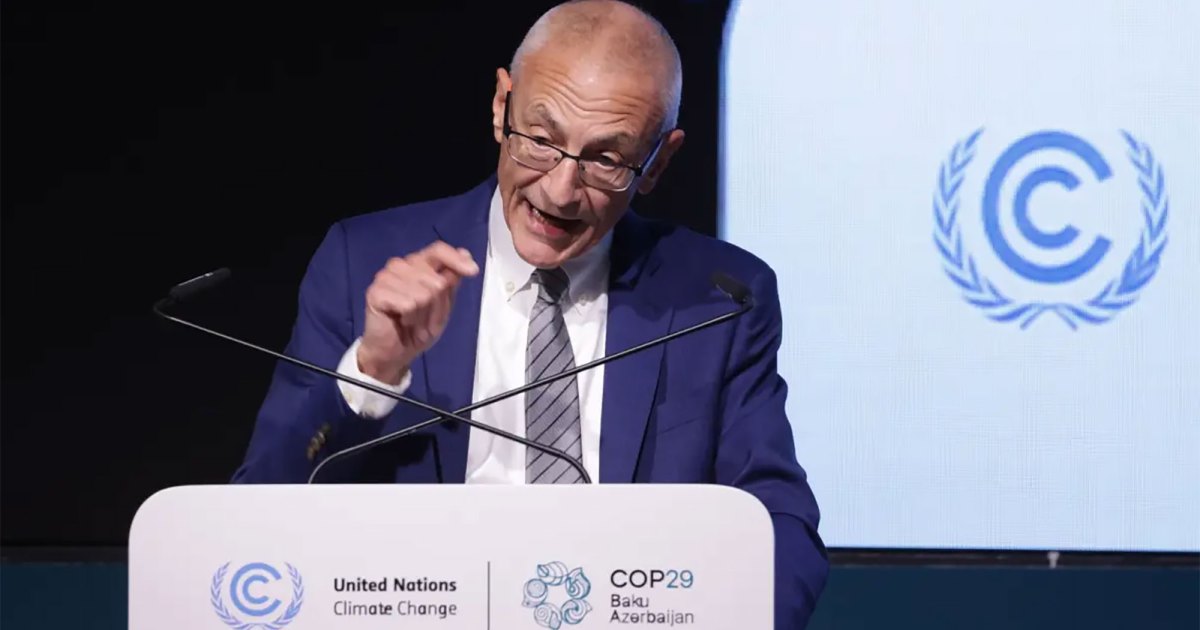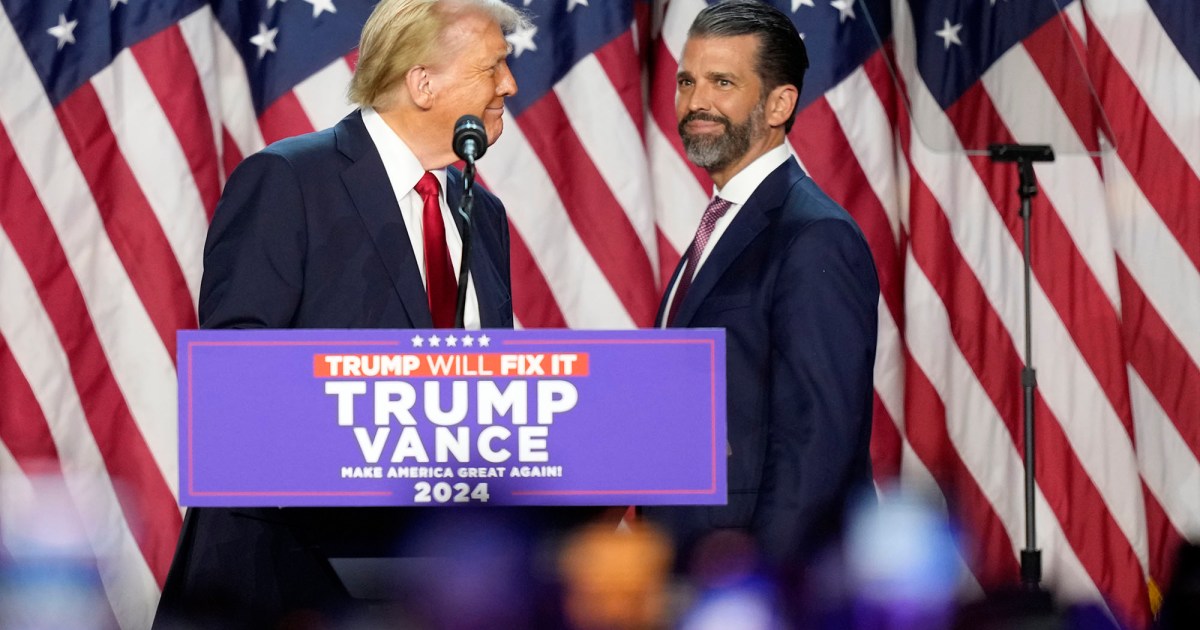
On the evening of January 27, 2017, President Donald Trump signed an executive order to, ostensibly, “protect the American people from terrorist attacks by foreign nationals.” It was among a slew of presidential actions announced in those first days of the administration aimed at rolling back the agenda of his predecessor, from defunding sanctuary cities to tearing down the Affordable Care Act. (Over his four years in office, Trump went on to implement 472 executive actions in an effort to reshape the immigration system.)
“When I return to office, the travel ban is coming back even bigger than before and much stronger than before.”
But for many observers, “Protecting the Nation From Foreign Terrorist Entry Into the United States” would go down as the most memorable and infamous: the “Muslim ban.”
Touted as an anti-terrorism measure, the first iteration of Trump’s travel ban on foreigners from seven Muslim-majority countries—Iraq, Iran, Libya, Somalia, Sudan, Syria, and Yemen—was a watershed moment. It had a particularly harsh toll on Syrian refugees, indefinitely suspending their resettlement (which was considered “detrimental to the interests of the United States,” despite America’s role in the conflict). But, more so, it showed the extent to which the new administration would make its nativist agenda real.
The morning after Trump signed the proclamation, thousands of protesters rushed to airports across the country as word got out that travelers were being stopped and detained. House and Senate Democrats gathered outside the Supreme Court in opposition to the ban. International condemnation followed, with global leaders denouncing Trump’s actions as shameful and divisive. Former President Barack Obama praised in a statement “citizens exercising their constitutional right to assemble, organize, and have their voices heard by their elected officials.”
Back then, the anger and outrage that this could not be normal or, indeed, American, felt palpable and spurred fierce resistance among a cohort unmoored by the Trump administration. But years of anti-immigrant policymaking and rhetoric—especially a flip by Democrats away from condemnation of Trump to tough border talk to win back centrist voters—have changed the landscape. There is now a normalization of the idea that America should restrict immigration.
Facing the prospect of a second Trump administration—and, with it, an escalation in hostility against immigrants and organizers—immigrant rights activists, advocates, and lawyers are building their defenses back up.
In a time of apparent collective amnesia about Trump’s actions, many of the activists have not forgotten what they had to stand up against. Murad Awawdeh, president and CEO of the New York Immigration Coalition (NYIC), an advocacy organization representing more than 200 groups across the state, helped lead a nationwide pushback against the travel ban. “As a Muslim American,” he later recalled in a USA Today op-ed, “it was impossible not to feel directly and personally targeted.”
Now, Awawdeh, and countless other veteran immigrant rights organizers who were at the forefront of the firewall to mitigate the harm of the Trump White House’s attacks on immigrants are gearing up for another battle. Only this time around, they have the benefit of knowing what to expect—and something of a blueprint for how to respond.
“In the scenario where Trump is elected,” Awawdeh tells me, “we go into defend and protect mode. We’ve seen what he’s done to our communities in his first term…He had no regard for the law and he continued to run afoul of the laws on the books, even our own constitution. That didn’t stop him.”
They have their work cut out for them. The former president has promised a seemingly never-ending catalog of crackdowns on all forms of immigration: the mass deportation of undocumented immigrants; deploying the military within US borders (against migrants and, presumably, protesters); ending birthright citizenship for American-born children of undocumented immigrants; and possibly reviving the “zero tolerance” policy of family separation.
If reelected, Trump has also vowed to restore the “Muslim ban” executive order. “When I return to office, the travel ban is coming back even bigger than before and much stronger than before,” he said in 2023. “Remember the famous travel ban?” Trump reportedly said in September about stopping refugees from Gaza from being allowed into the United States. “We didn’t take people from certain areas of the world.” He added: “We’re not taking them from [terror] infested countries.”
Trump has made expelling the roughly 11 million unauthorized immigrants from the United States the cornerstone of his 2024 presidential campaign. In interviews and rallies, he has repeatedly vowed to conduct the largest deportation operation in US history, a sweeping effort that would involve gulag-like detention camps on the border and likely the use of the military within US territory—on top of the human cost to immigrants and their families and economic devastation.
“Even if he is unsuccessful in moving mass deportation forward,” Awawdeh says, “What he will do is instill a deeply chilling fear within our communities.”
Awawdeh hopes to take lessons from those first four years of resisting not only the travel ban, but also family separation and a rule punishing immigrants for accessing public benefits. “The biggest piece that we did but didn’t do as strongly in his first go-around was litigation,” Awawdeh says, “and I think that’s the piece that we’re all going to be doubling and tripling down on.”
Policy and legal experts at the National Immigration Law Center (NILC) are actively keeping a growing list of policy proposals from the Trump campaign and the Heritage Foundation’s Project 2025 playbook and drafting legal memos for potential lawsuits. “Part of the analysis is really asking: What are the things that we know are patently unconstitutional?” says Kica Matos, president of the NILC Immigrant Justice Fund. That list includes the promise to end birthright citizenship for US-born children of undocumented immigrants and the plan to deploy the US military to conduct arrests and deportations in the interior of the country.
“The threats to carry this in a bloody way are indicative to us of intentionality to willfully disregard the constitutional rights that we all have and to violate the civil rights of people who might be impacted,” Matos adds.
During “Trump 1.0,” as she puts it, the federal courts served as a bulwark against some of the former president’s most extreme policies. But the Supreme Court has only gotten more conservative and willing to see the limits of presidential power extended, including to dictate immigration policy. In this environment, fighting back will require a collective effort, from inside the courthouses all the way out to the streets.
“We are bracing for the worst, and we have to think ahead because the stakes are too high to wait,” Awawdeh says. “Think of the worst case scenario in your mind of what a white supremacist would do in office with Project 2025 as their manifesto. That’s the way we’re planning right now.”
Strategic litigation is only part of their calculus. Another huge component is community education and readiness. Across the country, advocates are expanding know-your-rights trainings and campaigns about interactions with US Immigration and Customs Enforcement (ICE). They’re also distributing family safety plans to immigrant households and coordinating with local communities to establish safe spaces—including offices doubling as rapid response hubs—where immigrants can seek shelter during raids or roundups, and setting up emergency funds.
In scenario-planning meetings with partner organizations, Lindsay Toczylowski, the co-founder and CEO of the Immigrant Defenders Law Center (ImmDef), says they have been asking themselves: Can we look at the past post-election periods and what can we learn from how we all responded as an immigrant rights movement?
ImmDef is a 200-people legal services organization based in Los Angeles that specializes in deportation defense work. (The city has one of the largest number of immigrants with pending deportation proceedings in immigration courts in the country—113,292, according to Syracuse University’s Transactional Records Access Clearinghouse, or TRAC.) In 2023, the nonprofit represented about 2,500 immigrants in removal proceedings and assisted many more with other legal issues, including newly arriving asylum seekers.
“Every time somebody goes into a courtroom,” Toczylowski says, “their potential exile from their communities, their permanent separation from their families, and oftentimes their life itself is on the line.” For clients facing persecution or violence in their countries of origin, she puts in no uncertain terms, “we’re talking about death penalty cases in immigration court.”
The former president has promised a seemingly never-ending catalog of crackdowns on all forms of immigration
What keeps Toczylowski up at night these days, having seen parents in her own neighborhood get picked up by ICE after dropping off their children at school, is the thought of cases where a lawyer couldn’t intervene in time to stop a deportation. As the November election nears, she wonders what a mass deportation operation will do. “We see what gets left behind when someone is ripped out of our community,” she says.
If sweeping raids and mass deportation come to pass, boosting the legal defense infrastructure to be able to quickly mobilize a network of pro-bono immigration attorneys will be critical. ImmDef has long been investing in building deportation defense capacity. For one, they have been recruiting and training lawyers who are interested in doing that work but lack the legal expertise, cultural competency, or language skills, and have brought on more attorneys to join the strategic litigation and advocacy teams.
Over the last couple of years, the group has tripled their team in San Diego to help prospective asylum seekers with their initial screening credible fear interviews and launched a welcoming project to inform immigrants facing deportation orders about their rights. To that end, they have partnered with Comunidades Indígenas en Liderazgo (CIELO), an organization serving indigenous migrants, to create and disseminate educational videos in languages other than English and Spanish.
Toczylowski acknowledges a “whole of immigrant rights movement response” will be necessary, but she believes they’re ready. “We’ve survived things once before and we will survive this time around,” she says, “because there’s no other choice. Our communities need us to be there.”
If implemented, the Project 2025 agenda could undermine deportation defense services and further strain critical and already scarce legal aid for asylum seekers and unaccompanied minors. Among other things, the project’s playbook chapter on DHS pushes for restricting access to federal funds to organizations unless they “support the broader homeland security mission.” Advocates also fear the conservative plot could lead to pressure on local and state jurisdictions to defund legal services, make immigration courts more hostile to immigrants, and even open up legal providers to criminal penalties.
“There’s no question that Project 2025 would shift the landscape enormously,” Shayna Kessler, director of the Vera Institute of Justice’s advancing universal representation initiative, says, “and require some real recalibration.” In 2017, in response to an environment of heightened immigration enforcement, the organization established a network of governments, service providers, and advocates to implement publicly funded deportation defense programs at the state and local governments, for immigrants who, unlike their counterparts in the criminal justice system, aren’t entitled to free legal representation.
“If we do enter a period of really intense immigration enforcement again,” Kessler says, “those legal teams will be poised to continue that defense.”
In our conversations, Kessler and others stressed that the fight for immigrants’ rights doesn’t stop at the ballot box. Nor is it contingent on the outcome of the election. If elected, Vice President Kamala Harris might continue the Biden administration’s crackdown on asylum at the southern border. And the immigration system will not cease to be broken. While preparedness is key, so is mobilizing the American public to resist the vilification and dehumanization of immigrants. That will require large scale mobilizations, not unlike the resistance to the travel ban, to draw visibility and push for intervention from elected officials.
“Grave injustices preceded the former administration,” says Faisal Al-Juburi, chief external affairs officer at Refugee and Immigrant Center for Education and Legal Services (RAICES), a Texas legal services nonprofit founded in 1986. “And for all intents and purposes will continue into a next administration, no matter who is elected into office.”















